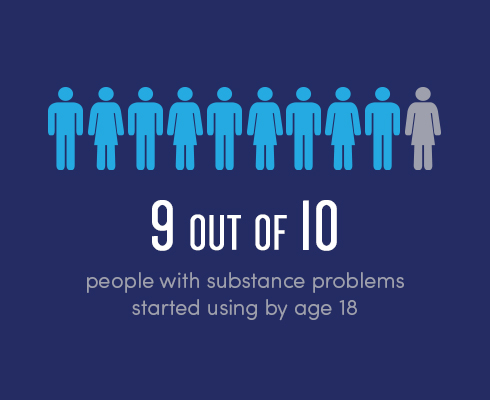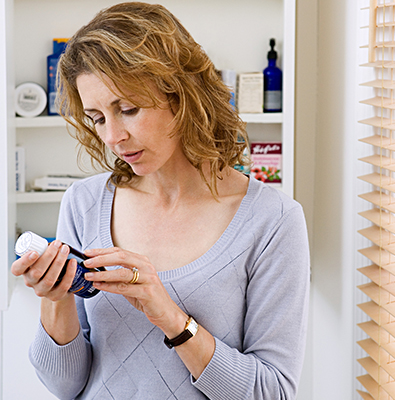If you or a loved one are in need of opioid addiction treatment, call 1-877-284-7074!
Opioid Addiction Prevention




Three things you can do to help prevent opioid drug use and addiction:
1. Proactively educate your family on the dangers of drugs and opioids.
Prevention starts early and is proactive. Parents who spend time with their children and take time to connect as a family are more likely to notice changes in behavior earlier to help intervene and address potential substance use issues. Adolescents and teens are a particularly vulnerable group because the earlier an individual starts smoking, drinking or using other drugs, the greater the likelihood of developing an addiction. Studies show that 9 in 10 people with substance problems started using by age 18.
Following are resources to help you talk to you family:
- Growing up Drug-Free: A Parent’s Guide to Prevention
- Pamphlet “Drugs: Shatter the Myths” educates young adults on how addiction starts and the consequences of addiction
- Signs of Drug Use in Adolescents and Teens
- Medications in Your Home
2. Ensure proper usage of prescription opioids under the guidance of a physician.
- Learn about the dangers of opioid prescriptions and how over-prescription has led to the opioid epidemic. If you are prescribed opioids for chronic pain, consider other ways that you might be able to manage pain without prescription opioids.
- Verify proper usage by following prescription directions as explained by the doctor, pharmacist and shown on the prescription label
- Keep notes on interactions of the prescription with other medications and alcohol so that you are able to make choices that keep you in optimal health
- Do not increase frequency or amount of prescribed medication. Consult with your doctor to discuss any changes with your prescription.
- Store prescriptions safely and out of reach from other family members, children or visitors.
- Do not use other people’s prescriptions or give your prescriptions to others
3. Safely dispose of unused or expired prescriptions in the home including common opioid prescriptions.
Educate yourself and other members of your family through resources like this instructional video, How to Properly Dispose of Prescription Drugs.
Examples of prescription opioid medications include:
- Codeine – an ingredient in some cough syrups and in one Tylenol® product
- Hydrocodone – Vicodin®, Lortab®, or Lorcet®
- Oxycodone – Percocet®, OxyContin®, or Percodan®
- Hyrdromorphone – Dilaudid®
- Morphine – MSContin®, MSIR®, Avinza®, or Kadian®
- Propxyphene – Darvocet® or Darvon®
- Fentanyl – Duragesic®
Frequently asked questions about addiction.
Get the answers you need to start your path towards recovery or help a family member or loved one overcome opioid addiction.

